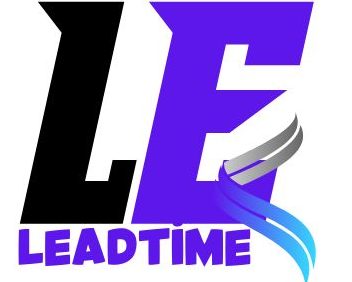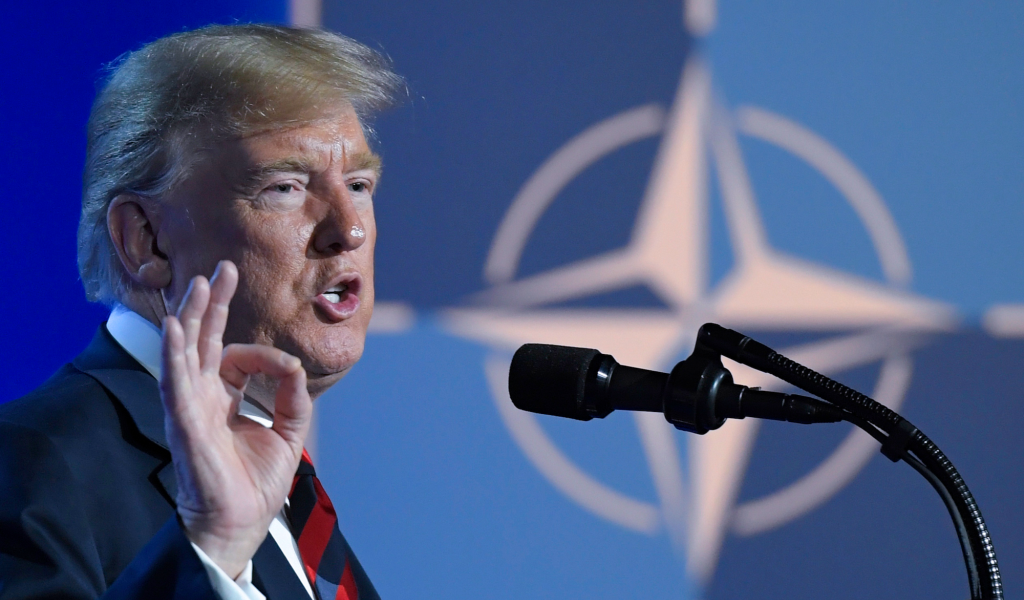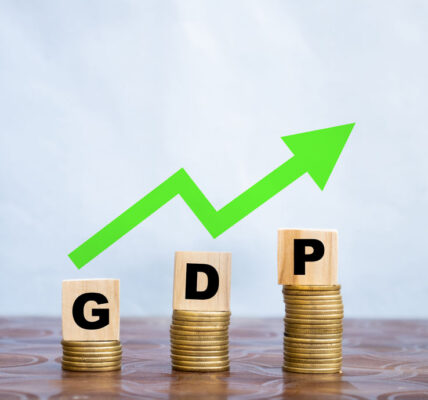President-elect Donald Trump said on Tuesday (7 January) NATO members should spend 5% of their gross domestic product on defence, a significant increase from the current 2% target.
“I think NATO should have 5%,” he said. “They can all afford it, but they should be at 5%, not 2%”, he said at an hour-long press conference in which he also refused to rule out using military or economic action to pursue acquisition of the Panama Canal and Greenland, and floated the idea of turning Canada into a US state.
Trump, who takes office on 20 January, has frequently complained that most NATO members are not paying their fair share. During his first term, he said NATO members should raise their defence spending to 4% of GDP.
NATO estimated that 23 of its 32 members would meet its goal of spending 2% of GDP in 2024.
None of the alliance members, including the US, currently spends 5% of GDP on defence, according to NATO figures. Poland is the highest spender in GDP terms at 4.12%, followed by Estonia at 3.43% and the United States at 3.38%.
Trump refused to rule out using military or economic action to pursue acquisition of the Panama Canal and Greenland, part of a broader expansionist agenda he has promoted since winning the 5 November election.
Trump also floated the idea of turning Canada into a US state and to rename the Gulf of Mexico ‘Gulf of America’.
Still two weeks away from taking office, Trump has begun outlining an aggressive foreign policy with little regard to diplomatic considerations or the concerns of US allies.
Asked at a press conference at his Florida resort whether he could assure the world he would not use military or economic coercion as he tries to gain control of the Panama Canal and Greenland, Trump said, “No, I can’t assure you on either of those two. But I can say this, we need them for economic security.”
Trump criticized American spending on Canadian goods and military support for Canada, saying the US derives no benefits from doing so, and called the border between the two countries an “artificially drawn line.”
He suggested he would impose tariffs on Denmark if it resists his offer to purchase Greenland, which he said is vital to US national security. Shortly before Trump’s comments, his son Don Jr. arrived in Greenland for a private visit.
Denmark has said Greenland, a self-governing part of its kingdom, is not for sale.
“I don’t think it’s a good way forward to fight each other with financial means when we are close allies and partners,” Denmark’s Prime Minister Mette Frederiksen said late on Tuesday in response to Trump’s comments.
Canada: ‘We will never back down’
Canada’s minister of foreign affairs, Melanie Joly, said on X, “President-elect Trump’s comments show a complete lack of understanding of what makes Canada a strong country. Our economy is strong. Our people are strong. We will never back down in the face of threats.”
Panama’s top diplomat also pushed back on the incoming US leader’s threat to retake the key global waterway, which the US had built and owned before handing over control to the Central American nation in 1999.
“The only hands that control the canal are Panamanian and that’s how it will continue to be,” Foreign Minister Javier Martinez-Acha told reporters on Tuesday.
Ambassador Daniel Fried, a retired US diplomat now with the Atlantic Council think tank, said Trump’s comments painted a picture of national power as territorial expansion and compared him to a “19th century imperialist.”
Seizing Greenland, Fried said, “would destroy NATO, because it would make us no different than Vladimir Putin,” Russia’s president.
Trump’s promise to rename the Gulf of Mexico echoed his previous vow to revert the name of Denali, the highest mountain peak in North America, to Mount McKinley. Former President Barack Obama changed the name of the Alaskan mountain in deference to Native Americans.
Mexican Economy Minister Marcelo Ebrard, who is expected to play a key role in looming US-Mexico trade issues, appeared to dismiss Trump’s call to rename the shared body of water later on Tuesday.
“Today I’d tell you if we saw each other in 30 years, the Gulf of Mexico will still be called the Gulf of Mexico,” he said, adding that the Mexican government would not get drawn into the debate.
Typically, the US Board of Geographic Names sets geographic names, though presidents have also renamed geographic features via executive action.
(Edited by Georgi Gotev)






